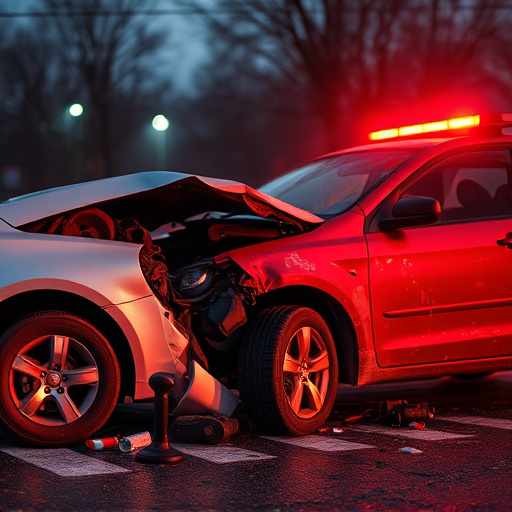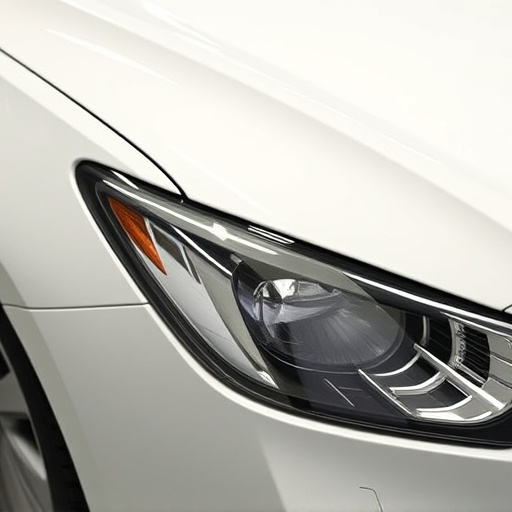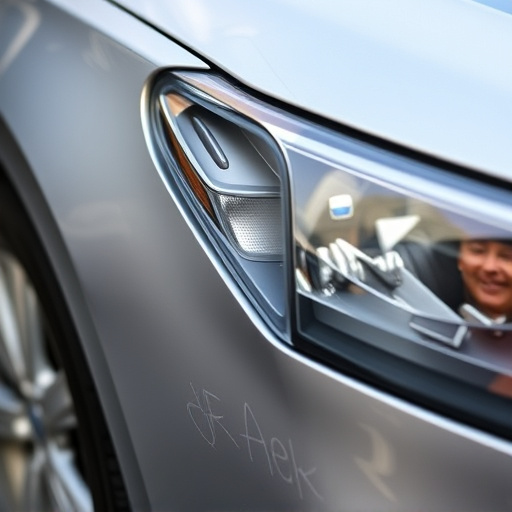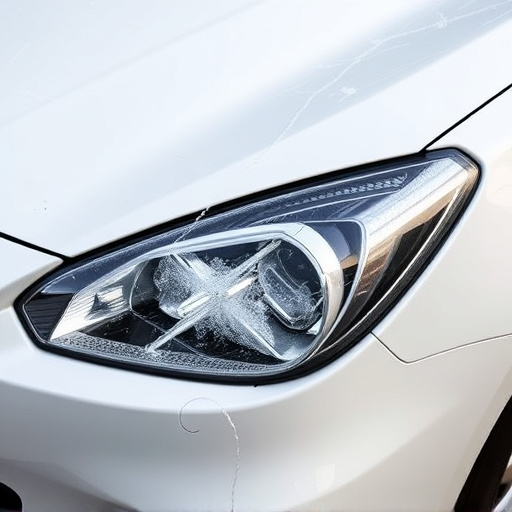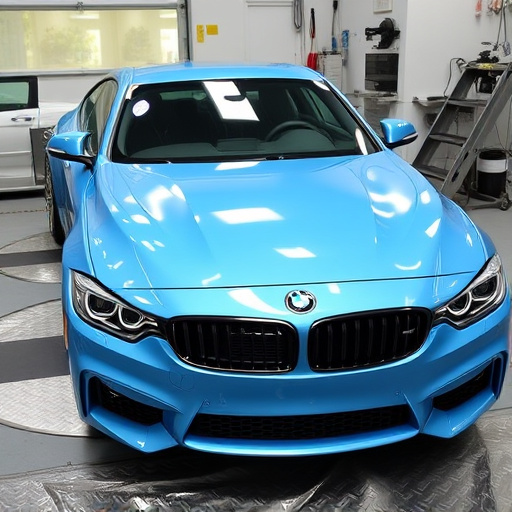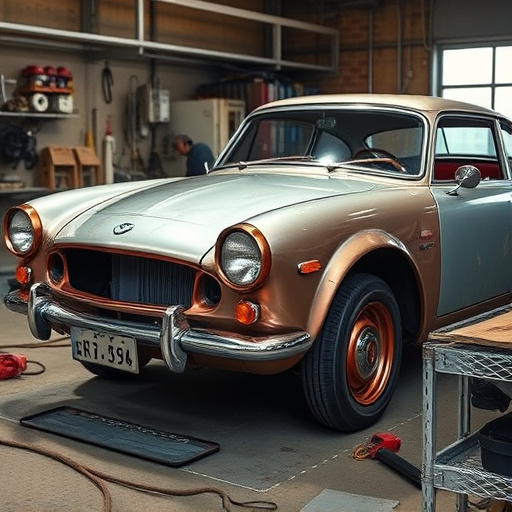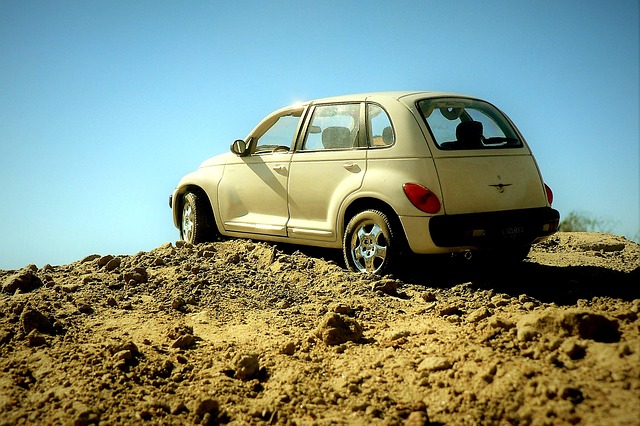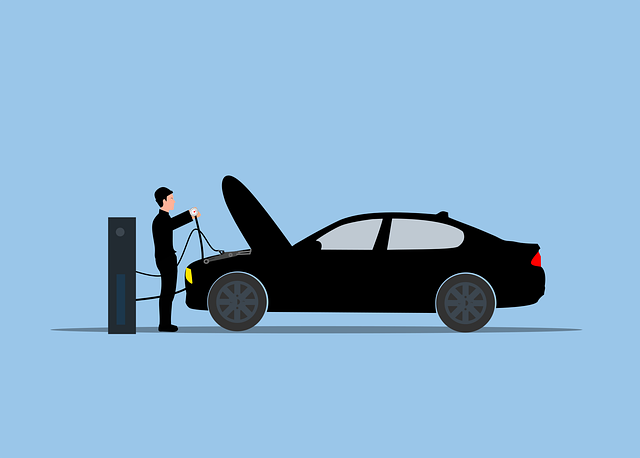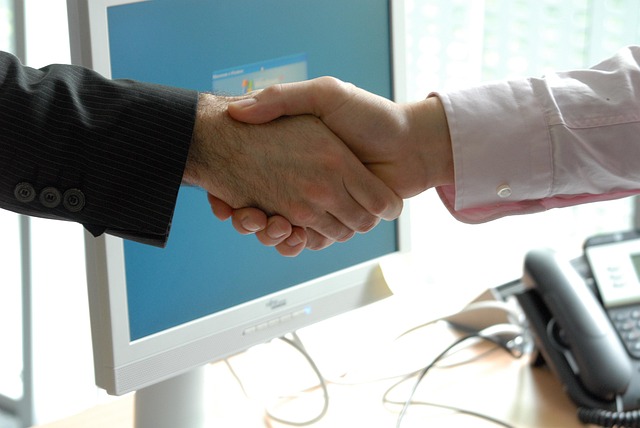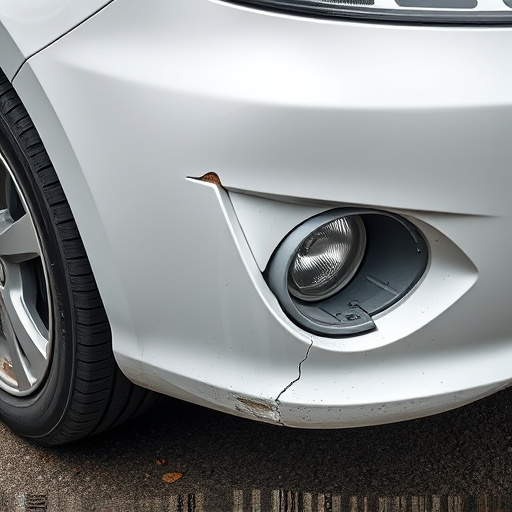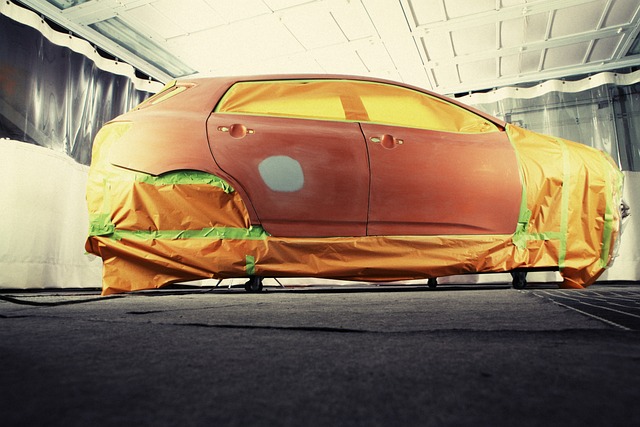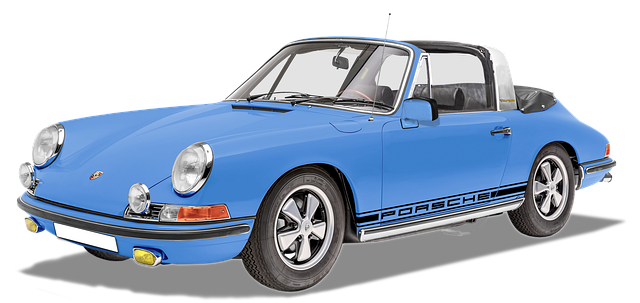Before any car collision repair, a meticulous assessment is crucial to identify both visible and hidden damages, ensuring vehicle safety and optimal performance. This includes visual inspections, advanced techniques like moisture detection, and comprehensive checks of structural components and advanced safety features like airbags, ABS, and ESC. Consulting with a trusted auto repair shop ensures these critical aspects are addressed by skilled technicians.
Before diving into any car collision repair, there are crucial questions to ask. This ensures a smooth, safe, and satisfactory restoration process. From assessing the scope of damage—both visible and hidden—to understanding how it impacts safety systems and the cost-benefit of replacement versus repair, every step matters. Choose a reputable facility with certified experts, comparing costs and warranties while advocating for OEM parts. Know your repair timeline, breakdown of charges, and post-repair testing to avoid hidden fees and ensure quality.
- Assessing The Scope Of Damage
- – Identifying visible and hidden damage
- – Understanding the impact on safety features and systems
Assessing The Scope Of Damage
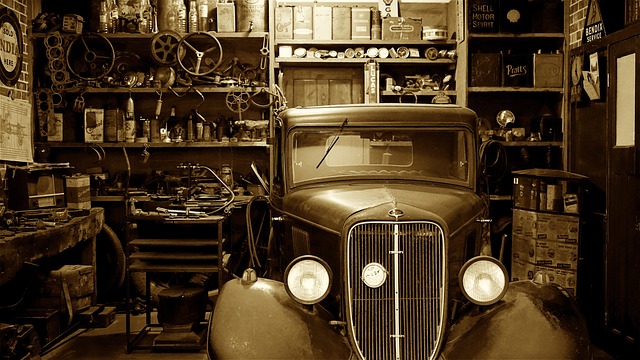
Before any car collision repair begins, it’s crucial to assess the full scope of damage to ensure comprehensive restoration. This involves a meticulous inspection to identify both visible and hidden impacts. The process starts with a visual examination, looking for dents, scratches, cracks in the bodywork, and any signs of frame distortion. It also includes checking the condition of the vehicle’s mechanical components, such as suspension systems, brakes, and fluid levels, to make certain they’re functioning optimally.
During this critical phase, consulting with a trusted auto repair shop or collision repair services provider can offer valuable insights. They’ll be able to pinpoint areas that might require more in-depth assessment or specialized auto dent repair techniques. This comprehensive evaluation ensures the safety and reliability of the vehicle after the car collision repair is completed, guaranteeing it’s ready to hit the road again without any unforeseen issues.
– Identifying visible and hidden damage
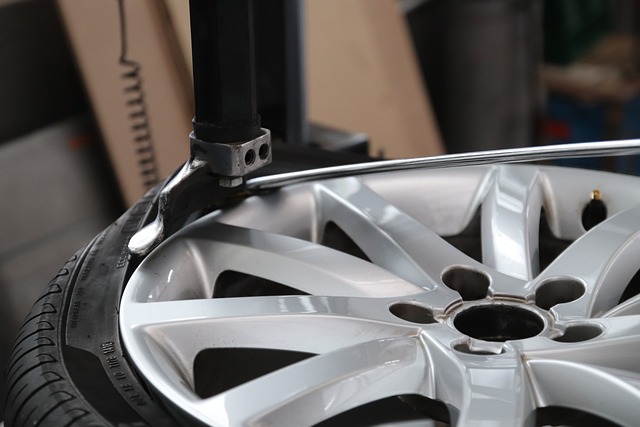
Before any car collision repair begins, it’s crucial to conduct a thorough inspection to identify both visible and hidden damage. While some scars may be immediately apparent, others could be concealed beneath the surface. Skilled auto body technicians know to look beyond what meets the eye. They carefully assess every angle and corner of the vehicle using specialized tools and expertise to detect cracks, dents, or deformations that might not be evident at first glance.
This meticulous process involves examining panels, frameworks, and components for signs of stress, strain, or misalignment. Advanced techniques like moisture detection can uncover hidden water damage, a common issue in car collisions, which could compromise the integrity of the vehicle’s structure and affect subsequent auto body painting or collision repair processes. Understanding these intricacies ensures that every aspect of the vehicle is addressed during the repair phase, guaranteeing not just cosmetic improvements but structural soundness as well.
– Understanding the impact on safety features and systems

Before a car collision repair begins, it’s crucial to understand how the incident has impacted your vehicle’s safety features and systems. Modern cars are equipped with advanced safety mechanisms, including airbags, anti-lock braking systems (ABS), electronic stability control (ESC), and more. These features play a vital role in enhancing driver and passenger safety during accidents. However, severe collisions can cause these systems to malfunction or become compromised, which could have serious implications for future safety.
During the assessment phase of car collision repair, mechanics should thoroughly inspect and test all safety-related components to ensure they remain functional and effective post-repair. This includes frame straightening, which is a critical process in restoring structural integrity while maintaining the precision needed for proper alignment. Reputable auto body repair shops will employ skilled technicians who can accurately diagnose and address these concerns, ensuring your vehicle meets safety standards after repairs are completed. Choosing reliable car repair services that offer comprehensive assessments and high-quality frame straightening is essential to preserving the safety of you and your passengers on the road.
Before embarking on any car collision repair, thoroughly assessing the damage is crucial. By identifying both visible and hidden issues, and understanding their impact on safety features and systems, you ensure a comprehensive restoration. This meticulous approach not only guarantees the vehicle’s structural integrity but also enhances its overall performance and safety, making it a vital step in the car collision repair process.
